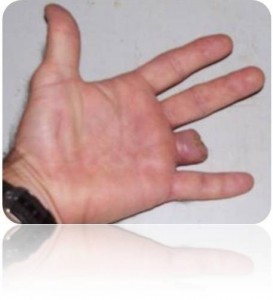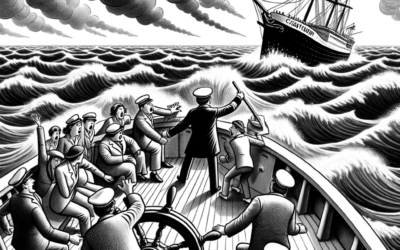Toro in the 1980’s was faced with continual law suits due to injuries in users of their equipment. In the 20 years before 1991, 2,000 cases amounted to $17.3 million in costs do to these injuries. In 1991 under Ken Relrose’s leadership, the company decided to consider the question, ‘What if we looked at these people as really dissatisfied customers rather than litigants?’ That question changed the company’s view of what it means to be customer focused and over the next 20 years saved the company $13 million. Of the 2,000 incidents that occurred over that period, only one case went forward in litigation. One third settled and two-thirds went to mediation.
How did that question change the way they responded to the very dissatisfied customer? They responded by acknowledging what had happened. They trained their people on how to handle the situation with care. They showed up on the scene right away instead of taking an adversarial attitude. They said let’s meet and bring your attorney and learn what needs you may have due to this horrible incident. Ken Melrose, former CEO of Toro, said this week at the Minneapolis Rotary’s Leadership Academy Inside the Leader’s Circle, “We apologized.”
David Rochlin, Attorney at Rochlin Law Firm, one of the preeminent personal injury firms in Minneapolis said when asked, “this does not surprise me at all, I have been advocating this for years to companies. Our clients get hurt and they want both to be recognized and seen as a victim in this situation and want to be compensated for the injury that they had been caused. When a company becomes adversarial, it only increases the stakes and the commitment of the plaintiff and attorney. Toro, has shown great leadership in how they have changed the question to change the result.”
To be fair, it must be difficult to take this attitude with certain customers when you hear some of the stories. Like when a customer lifts the lawn mower up off the ground to trim the hedges and loses a finger and believes the mower company is at fault. These are the type of stories that make it to the Darwin Awards.
Organizations that are looking for a framework to consider how they may prevent incidents, whether they are personal injuries or some other unwanted event, may look at the Haddon Matrix. The Haddon Matrix was developed by William Haddon in 1970. The matrix looks at factors related to personal attributes, vector or agent attributes, and environmental attributes before, during and after an injury or death . By utilizing this framework, one can then think about evaluating the relative importance of different factors and design interventions. The model suggests to look at what you could do during pre-event, event, and post-event.
Pre-event
- What could prevent the existence of the event from happening? (Example: warning labels on product making you aware of the hazards or design functions)
Event
- What could minimize, reduce, deter, or eliminate impact occurring during event? (Example: Safety belt, air bags that reduce impact while event is happening)
Post-event
- What would minimize the outcome, reduce impact, or retard the implications of the event after it has occurred? (Example: Onstar alerting emergency dispatch of the event)
It is clear that Melrose and his team were solving the post-event issue by changing their view of seeing a litigant as a dissatisfied customer. What situations are you dealing with that, if you used the Haddon Matrix, would change the outcome for your company?





